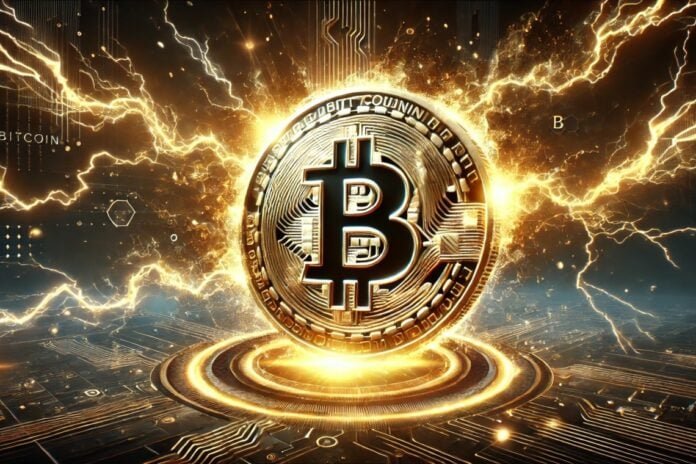The Bitcoin mining sector has reached a new milestone thanks to Braiins, one of the most important mining pools in the sector. The company has recently exceeded 1,000 daily payments through Lightning Network, marking a crucial turning point for transaction efficiency in cryptocurrency mining.
This result highlights the potential of Lightning in making payments instantaneous, scalable, and frictionless, transforming the way miners receive their earnings.

Summary
Braiins revolutionizes Bitcoin mining pools with Lightning Network
The integration of Lightning Network in the Bitcoin mining sector is bringing significant advantages, especially for small and medium operators. According to data provided by Braiins, the platform has recorded an average increase of 20% month over month in payment volumes via Lightning from mid-2024 to the beginning of 2025. This growth indicates a growing adoption of the technology, driven by the need for faster and more efficient transactions.
Thanks to the Lightning Network, payments occur in a nearly instantaneous manner, eliminating the long waiting times that characterize on-chain transactions of Bitcoin. This aspect is particularly appreciated by miners, who need immediate access to funds to support operational costs and invest in improving their facilities.
Braiins sets a new standard for the mining industry thanks to Lightning Network
Surpassing the threshold of 1,000 daily payments, Braiins consolidates itself as a pioneer in technologies for Bitcoin mining. The CEO of Voltage, Graham Krizek, emphasized the importance of this milestone, stating that this result demonstrates how Lightning Network enables high-frequency transactions on a large scale, a capability that until recently seemed unattainable.
The adoption of Lightning-based payment systems could push other mining pools to follow the same path, creating an increasingly fluid and fast ecosystem. This change does not only concern the miners, but has a wider impact on the entire Bitcoin network, bringing tangible benefits in terms of scalability and reduction of transaction costs.
Advantages for the Bitcoin Network and the future of Lightning Network technology
The expansion of the adoption of Lightning Network in the mining sector could transform the entire Bitcoin ecosystem in several ways:
- Less congestion on the blockchain: By reducing the number of on-chain transactions, Lightning Network helps to prevent Bitcoin network overload.
- Lower commissions: With Lightning, miners and users save on transaction fees, which can be high during periods of heavy traffic.
- Faster payments: Immediate payment processing allows miners to receive their earnings without having to wait for block confirmation on the blockchain.
With the adoption of Lightning continuously increasing, the future of Bitcoin mining appears to be oriented towards a more efficient and sustainable model. If more mining pools were to adopt this system, the entire sector could benefit from better performance and greater reliability in the long term.

Conclusion
The achievement of 1,000 daily payments via Lightning Network by Braiins marks a turning point for the Bitcoin mining industry. The efficiency, speed, and reduction of transaction costs make Lightning an increasingly indispensable solution for industry operators. With the technology’s adoption constantly growing, Bitcoin mining could soon become even more accessible and sustainable on a global scale.
